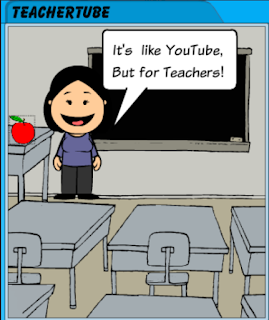(The link to this image can be found here)
One thing that I really liked about this class is the fact that everybody got an opportunity to interact with one another. Although I took this class online, I still felt like I was a part of a classroom. We were assigned a couple group projects that allowed us to interact with one another, but what I really loved were the discussion topics. I learned so much valuable information in these discussion topics, while also feeling the friendliness of my classmates who commented on my posts. One learning outcome that was listed on the syllabus was for us students to analyze and evaluate a selection of technological tools for assisting students with special and/or diverse needs, and link the technology to specific outcomes for these students. I met this goal through Discussion Topic #3. I cannot stress enough how important and beneficial every single discussion topic has been for me, but Discussion Topic #3 really opened my eyes to the wide variety of technology tools that can be used to assist disabled students in their learning. Because of Discussion Topic #3, I was introduced to FM Systems, Field Systems, and CART Systems. An article entitled Classroom Assistive Listening Devices briefly goes over the many systems that can aid a disabled person in his or her class.
Another thing that I loved about this class was creating a WebQuest. Before completing this class, I had never even known what a WebQuest was. After learning about WebQuests and creating one of my own, I love the idea of using them in the classroom. I had fun creating one, and many students have fun participating in them. The WebQuest that I created in class meets the syllabus learning outcome that states, "The students will develop an Internet-based project that uses technology as both a medium and a goal of K-12 instruction."
All in all, I have honestly learned so much in taking this class. I have learned a lot through discussion topics, WebQuests, and creating rubrics. I very much look forward to incorporating the use of technology in my classroom.
References:
Classroom Assistive Listening Devices. (n.d.). Retrieved October 15, 2016, from California Ear Institute website
"How to Create a Rubric for Grading Student Work." Youtube. N.p., 11 Nov. 2013. Web. 12 Dec. 2016.




